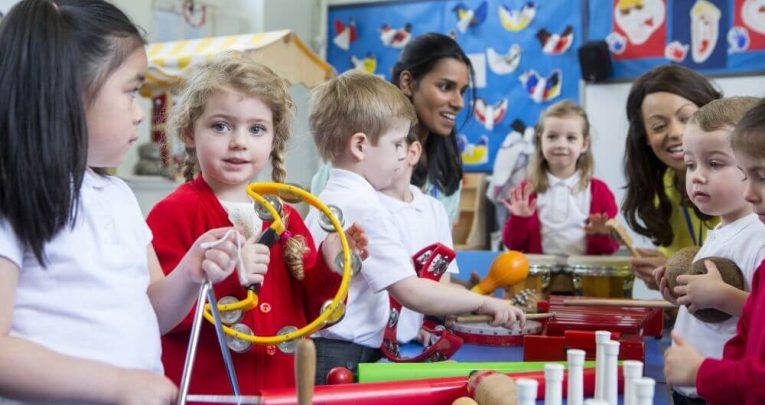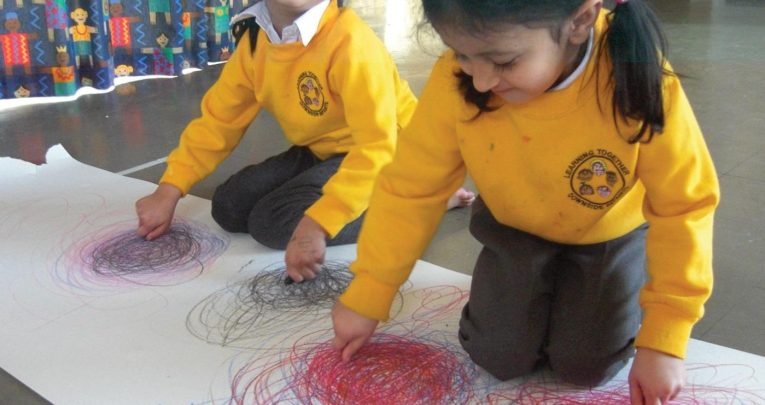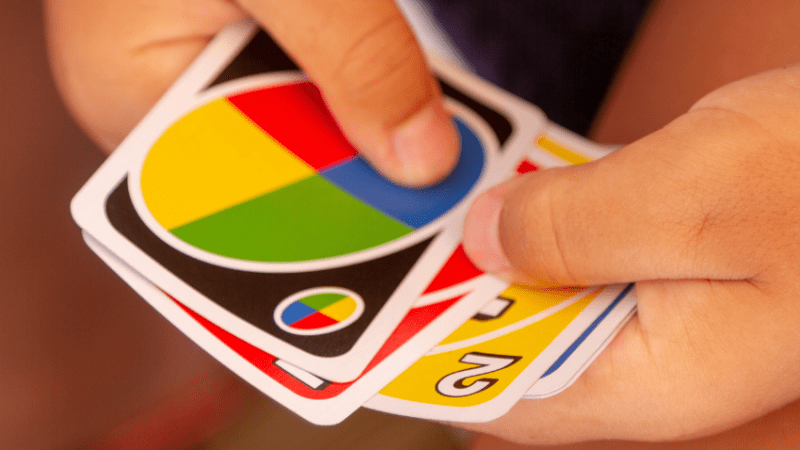Primary school music – Get children writing music from age four

Getting children writing music from the early years will let them reap the associated benefits, says Peter Simons…

- by Peter Simons

At my school I use composition a great deal. Pupils start writing music in Foundation Stage at the age of four and some children are able to read and write music before they can even write their name.
Learning to write music at such a young age helps develop children’s fine motor skills, handwriting and pen grip and because the children are having so much fun, they don’t even realise they’re doing it.
Step 1 – Musical notes
To begin with, show Foundation Stage children how to draw a crotchet. Get them to practise drawing small circles and colouring them in. Next, add a stick on the right-hand side and relate this to a ‘d’ sound.
Once the children have mastered this, move onto a pair of quavers. For this, explain to pupils that they need to draw two wheels on a bus, colour them in, turn them both into ‘d’s, then join them at the top with a line (because they love each other!). After a few weeks of drawing these, move on to a percussion line.
Step 2 – The stave
Next, show the children how to draw a horizontal line – the stave. Practise drawing circles so the stave is in the middle. Pupils may find this difficult at first, but with practise and patient tuition, they’ll get there.
Once they have this mastered, they can draw crotchets and quavers on a single stave and can then play these on hand drums.
Step 3 – Crotchets and quavers
In KS1, build on the knowledge pupils learnt in Foundation Stage. Have a reminder lesson and practise drawing the stave with crotchets and quavers. Then move on to introducing bar lines.
Under each crotchet and pair of quavers, ask children to write a small ‘1’ (for one beat), then show pupils how to separate the music into bars by introducing the concept of a time signature. Count four beats then put in a bar line – the musical equivalent of a full stop.
Once the children can draw this, they can explore more notes such as minims and rests.
Step 4 – Musical composition
In KS2 classrooms, children can work on more complex compositions. By the time they reach Y6, pupils at my school can draw notes up to and including semiquavers and their respected rests, and play these accurately on a hand drum with different time signatures.
Here’s what a typical Y6 composition might look like.
Step 5 – Writing music
Give children the power to start writing their own compositions and you’ll be amazed at how easily they absorb this and start writing and playing their own impressive pieces. If you show children how much you love music, they can’t help but love it too.
I hope this has inspired you to keep going with your music sessions, despite the turmoil we’re currently living through.
Peter Simons is a Silver Pearson National Teaching Award winner and works at Thornhill Junior and Infant School in Dewsbury, West Yorkshire.










